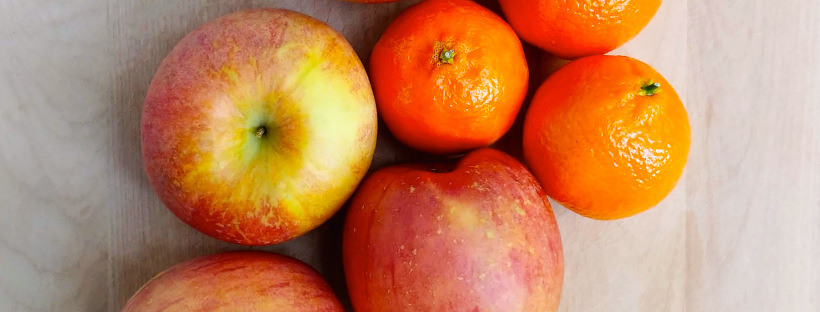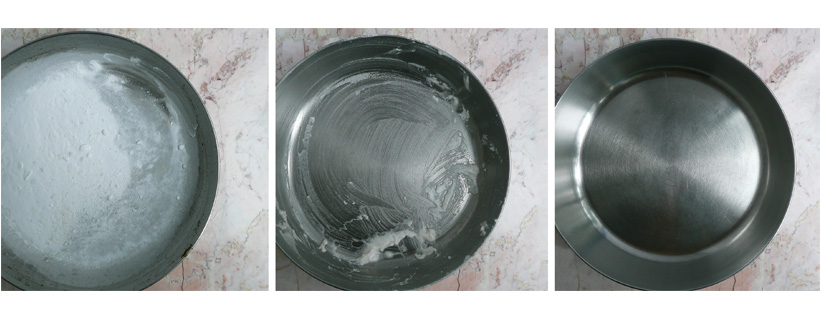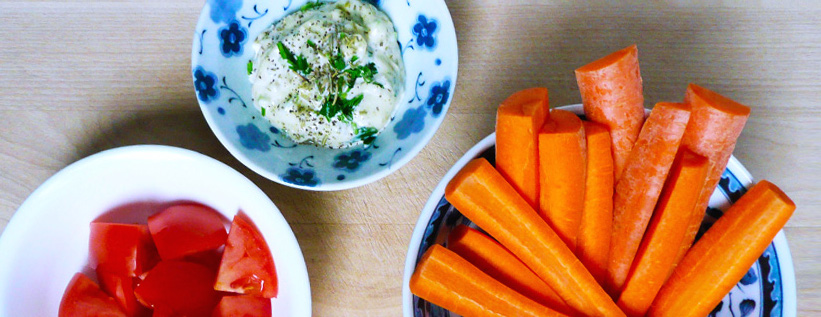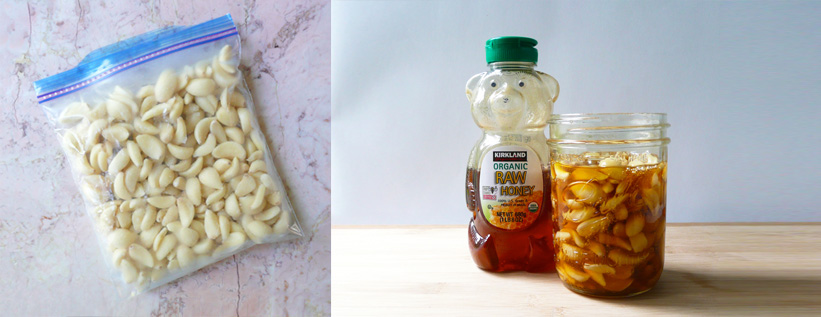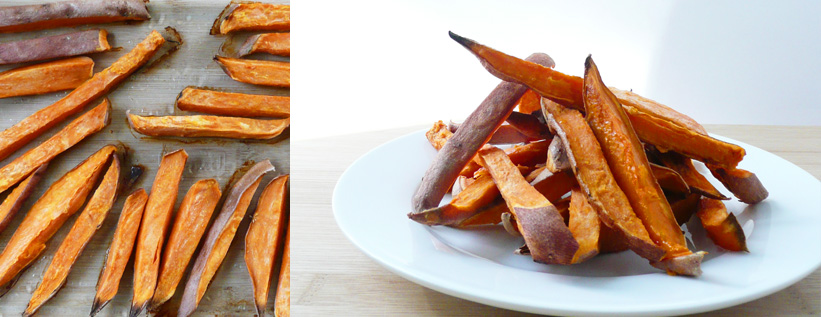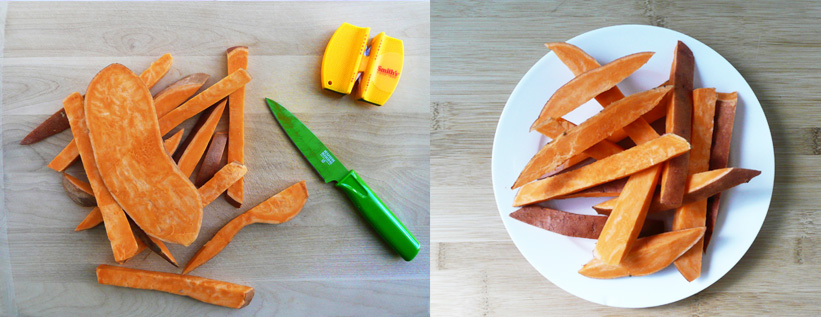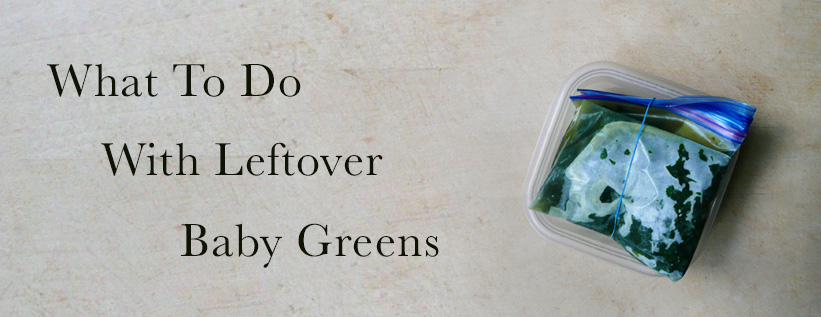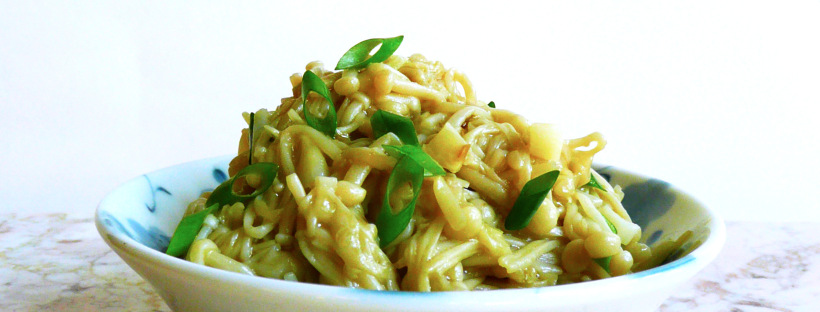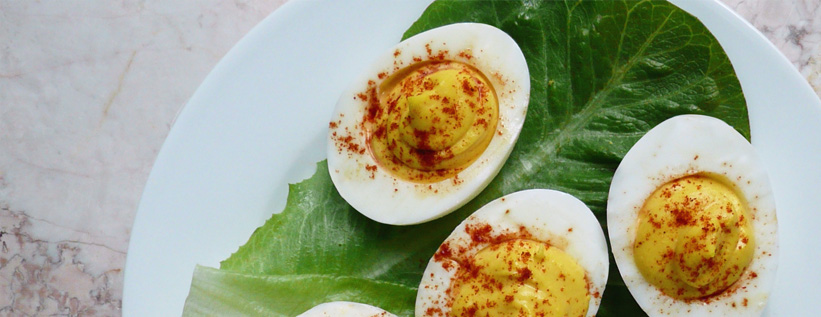How eat healthier in the long run...
Category: Paleo
A Trip to the Farmers Market
It's Fall! My favorite season of the year. It's time to wear cozy socks, cuddle up with a book by the fire and drink / eat pumpkin spice flavored things with joy! I love seeing all the autumn leaves turn color and am very much looking forward to Halloween and Thanksgiving (of course my favorite … Continue reading A Trip to the Farmers Market
How To Get A Pan Super Clean
My super easy trick for getting pots and pans sparkling clean without damaging the finish.
Creamy Garlic + Rosemary Dip – Paleo, Vegan Friendly, Dairy Free
This creamy garlic rosemary dip takes just minutes to put together and makes snacking on everyday vegetables feel like a fun and tasty treat.
What To Do With Leftover Garlic
Here are two ways of storing extra garlic cloves so that you can use them up when you're ready to.
How to Bake Sweet and Creamy Sweet Potato Fries – with No Added Sweeteners
This is one of my favorite recipes and I make it all the time. I love cooking sweet potatoes this way because they become soft and creamy in the middle and almost taste like custard, but the crispy ends taste like toasted marshmallow.
My Technique / Tips for Cutting Sweet Potatoes
Sweet potatoes are one of my favorite vegetables, and they are super versatile, but they can be difficult to cut. Here are the tips and techniques that I use to make the job a little easier.
What To Do With Leftover Baby Greens
Sometimes when you go grocery shopping, you see a gigantic bag of organic baby greens for $5 and think "Hey! That's a great deal!" Once you get home though, you realize that there is no way that you're going to be able to eat that entire bag of baby greens before they go bad. But have no fear! There's a super easy way to get the most out of your purchase.
Sautéed Enoki Mushrooms with Garlic – Quick and Easy, Vegan, Paleo
This is a super speedy and delicious vegetable dish for nights when you want to get dinner on the table as quick as possible. It's paleo, and vegan and works with most dietary restrictions.
Classic Homemade Deviled Eggs – Paleo
Like many people, I love a good deviled egg. There is something about these little bites of heaven that is both kind of fancy, but very comforting at the same time. They take a little time and care, but they are everybody's favorite thing to eat at a party.
